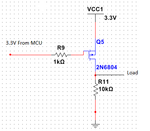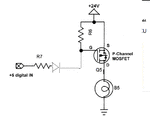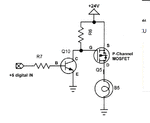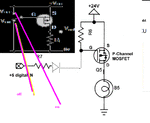dselec
Advanced Member level 1
"min voltage between gate-source that turns the mosfet on "
i read alex post we are talking about the same thing
am i right alex ? he does not understand that once he manages to switch on he cant hold on to this level
i read alex post we are talking about the same thing
am i right alex ? he does not understand that once he manages to switch on he cant hold on to this level



